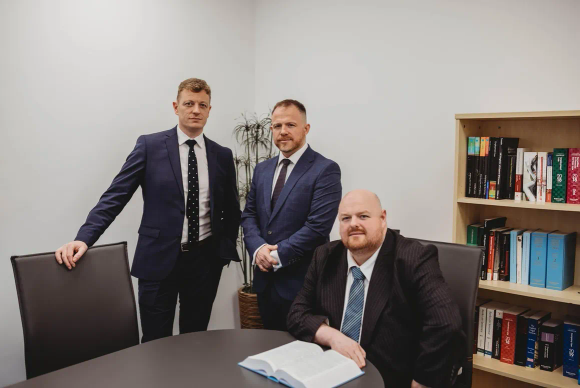Child protection solicitors play a vital role in safeguarding the rights of parents during child protection proceedings. When a child’s welfare is under scrutiny, having experienced legal representation can ensure your voice is heard and your rights are upheld.
Understanding the Child Protection Process
The child protection process is designed to safeguard children who may be at risk of harm. It involves several key steps to assess the situation and decide on the best course of action. Understanding these stages can help families feel more prepared and informed.
Step 1: Initial Safeguarding Concerns Raised
The process begins when someone raises concerns about a child’s safety or wellbeing. Reports can come from:
- Teachers noticing signs of neglect or abuse.
- Healthcare professionals identifying injuries or developmental concerns.
- Neighbours or family members observing unsafe behaviour or conditions.Social services then assess whether these concerns warrant further investigation.
Step 2: Section 47 Inquiries
If social services believe the child may be at risk of significant harm, they initiate a Section 47 inquiry under The Children Act 1989. This stage involves:
- Visiting the child’s home to assess their living conditions.
- Speaking with the child, parents, and other caregivers.
- Collaborating with professionals like teachers and doctors to gather evidence.
The inquiry determines whether immediate protective action is needed and whether a child protection conference should be held.
Step 3: Child Protection Conference
A child protection conference brings together social workers, local authorities, police, health professionals, and sometimes the child’s family.
- The purpose is to discuss risks to the child and evaluate their needs.
- Parents have the opportunity to share their perspective and address concerns.
- The outcome may include creating a child protection plan or deciding no further action is required.
Step 4: Implementing a Child Protection Plan
If the conference identifies ongoing risks, a child protection plan is put in place. This plan outlines:
- Steps parents must take to improve the child’s safety and wellbeing.
- Support offered by social services, such as parenting classes or counselling.
- Regular reviews to monitor progress and adjust the plan as needed.
Step 5: Legal Proceedings
In severe cases, when the child’s safety cannot be guaranteed at home, social services may apply for legal orders, such as:
- Care orders: Granting the local authority responsibility for the child.
- Supervision orders: Allowing the child to remain at home under close supervision.These proceedings involve the family court, and legal representation is crucial to ensure parents' rights are protected.
At MMA Law, our experienced solicitors support families at every stage of this process. We help you navigate assessments, conferences, and legal proceedings, ensuring your voice is heard and your rights are upheld. Contact us today for expert guidance tailored to your situation.




